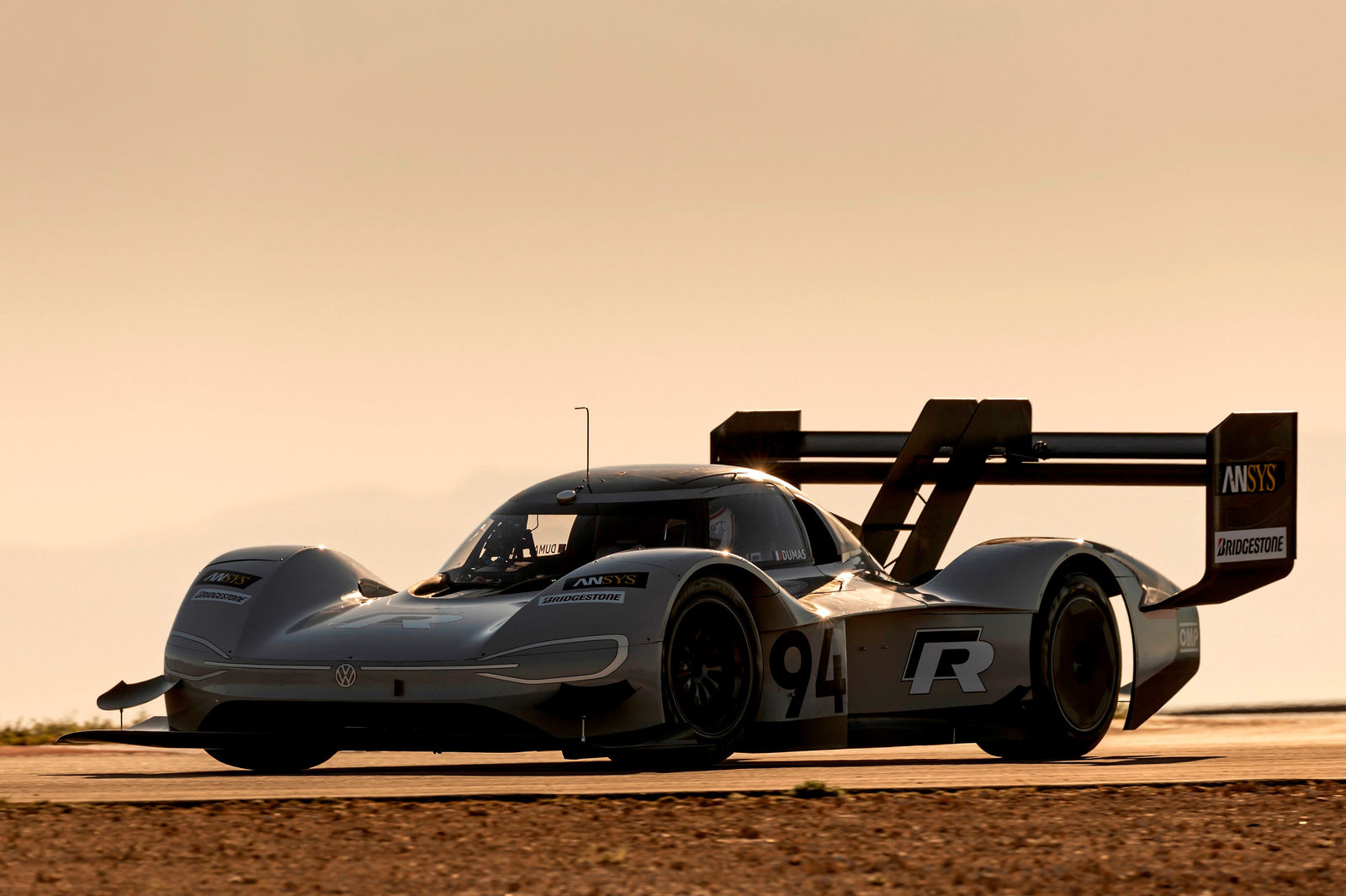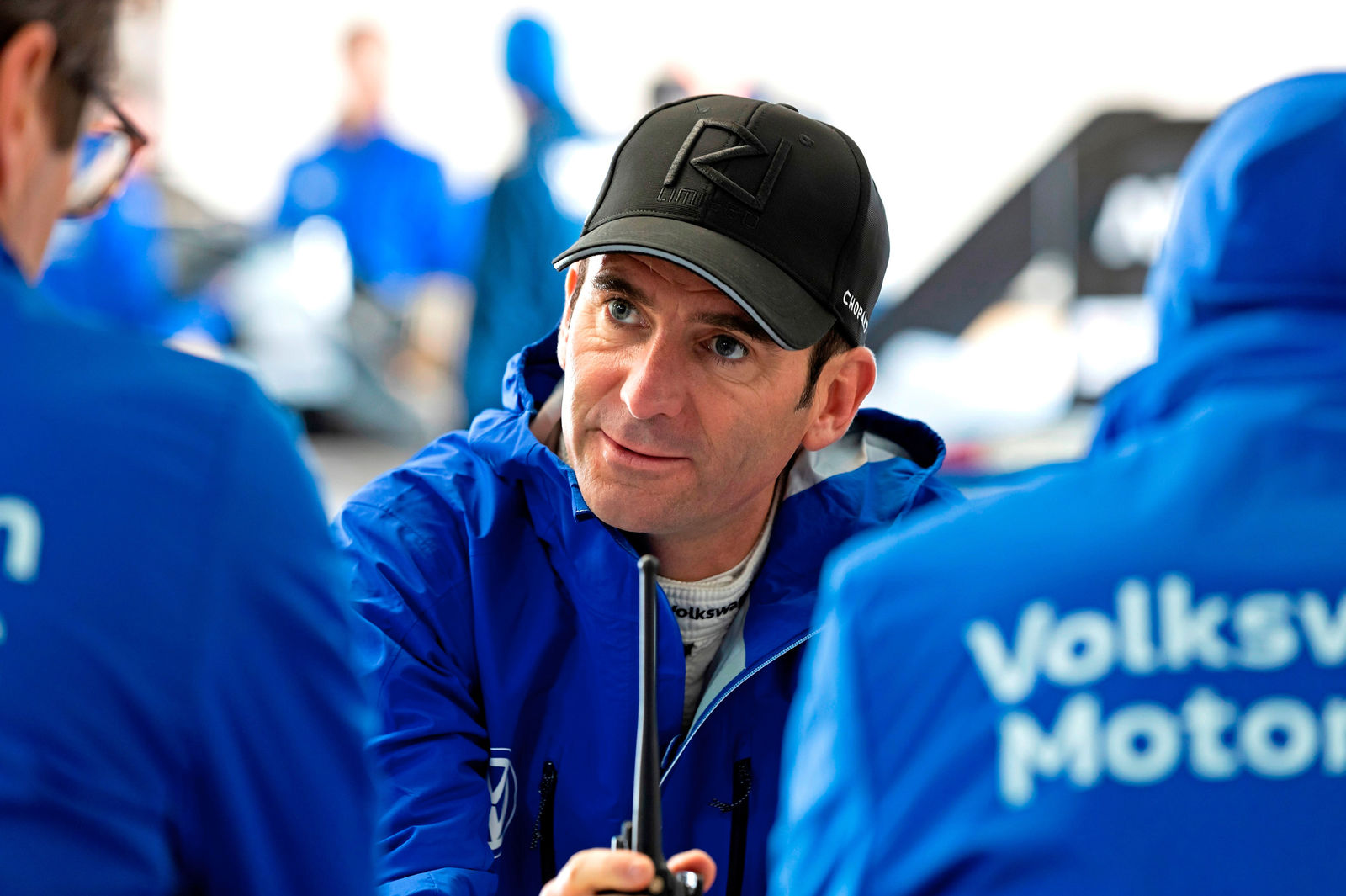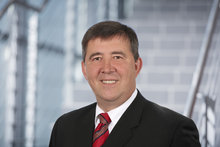- Comprehensive testing and simulation programme for the evolutionary stage of the purely electric ID. R
- Knowledge transfer with the ID. Product family in battery development
The next challenge for the ID. R awaits: in summer, a new record is set to be delivered on the Nürburgring-Nordschleife. The team from Volkswagen Motorsport are therefore working intensively on the continuing development of the purely electric-powered race car. The focus of the testing and development phase is on increasing the efficiency of the vehicle. The ID. R, powered by two electric motors with system performance of 500 kW (680 hp), is the racing forerunner to the ID. product family, the future range of purely electric-powered production vehicles from Volkswagen.
“The developments in electro-mobility are immense, and once again this year we want underline Volkswagen’s capabilities in producing fast electric cars that awake your emotions,” says Volkswagen Motorsport director Sven Smeets. “Just like Pikes Peak, the Nürburgring-Nordschleife presents a serious challenge for an automobile. We want to show just how much performance potential exists today with electric-powered cars.”
“It takes ingenuity to strike the right balance with top speed and the limited electric energy available. So we’re concentrating on the continuing development of the drive technology and battery management,” explains François-Xavier Demaison, technical director of Volkswagen Motorsport. Volkswagen Motorsport is developing the battery alongside the laboratories that are also involved in researching the technology for the ID. product family.
A clearly visible alteration of the ID. R will be the aerodynamics. “In the thin air of Pikes Peak, which sits 4,302 metres above sea level, we gave the ID. R a very big rear wing to produce the maximum amount of downforce,” says Demaison. On the Nordschleife, Volkswagen Motorsport will bring a new aerodynamic configuration that will target the greatest efficiency possible, rather than maximum downforce. “This concerns not only a smaller rear-wing, but also the front splitter and floor of the vehicle,” explains Demaison. For this, different specifications are simulated on the computer to be then examined in the wind tunnel at the beginning of April before the test drives.
Volkswagen Motorsport in Hannover carry out these simulations, which are also put to use in order to optimise battery management and to adapt suspension components for the higher loads of the Nordschleife. “We are receiving a great deal of support from the technical development in Wolfsburg,” says Dr. Benjamin Ahrenholz, head of calculation/simulation at Volkswagen Motorsport.
Romain Dumas will sit in the cockpit of the ID. R again this year. The Frenchman, who is somewhat of a Nordschleife expert with four overall victories at the 24-hour race, is excited by the continuing development of the car: “Viewed in isolation, the individual changes don’t appear to be so pronounced, but the ID. R is a very complex overall package. It will all come down to the sum of the tiny details”
The current record for a purely electric powered vehicle on the Nordschleife stands at 6m 45.90s – set by Briton Peter Dumbreck at the wheel of a NIO EP9 in 2017.
Media


Media contacts

